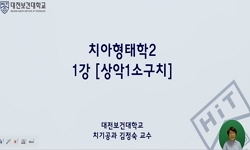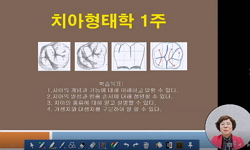Ba-dae is a patch sewn on areas of clothing worn out from friction or force. Excavated clothing exhibits several types of Ba-dae, but few studies focus on Ba-dae. Therefore, this study analyzes the shapes of Ba-dae from excavated clothing, specificall...
http://chineseinput.net/에서 pinyin(병음)방식으로 중국어를 변환할 수 있습니다.
변환된 중국어를 복사하여 사용하시면 됩니다.
- 中文 을 입력하시려면 zhongwen을 입력하시고 space를누르시면됩니다.
- 北京 을 입력하시려면 beijing을 입력하시고 space를 누르시면 됩니다.

조선시대 출토복식 중 포류(袍類)의 바대 연구 = A Study on the Ba-dae(patch) on Traditional Robes Excavated from Joseon Dynasty Tombs
한글로보기https://www.riss.kr/link?id=A108991922
- 저자
- 발행기관
- 학술지명
- 권호사항
-
발행연도
2024
-
작성언어
Korean
-
주제어
Ba-dae ; excavated clothing ; Joseon dynasty ; shape ; traditional robe ; 바대 ; 출토복식 ; 조선시대 ; 형태 ; 포류
-
등재정보
KCI등재
-
자료형태
학술저널
- 발행기관 URL
-
수록면
38-60(23쪽)
- 제공처
-
0
상세조회 -
0
다운로드
부가정보
다국어 초록 (Multilingual Abstract)
Ba-dae is a patch sewn on areas of clothing worn out from friction or force. Excavated clothing exhibits several types of Ba-dae, but few studies focus on Ba-dae. Therefore, this study analyzes the shapes of Ba-dae from excavated clothing, specifically traditional robes(袍類) from the Joseon Dynasty. It considers 1,062 items categorized as robes from 79 graves (56 men and 23 women) from the 1400s to the 1800s. Among the items were 101 Dan-ryeong (an official’s robe and women’s robe), 117 Jik-lyeong (men’s robes), 73 Dap-ho (men’s robes), 236 Cheol-lik (men’s robes), 60 Do-po (men’s robes), 44 Aek-jureum (men’s half-robes), 124 Jang-ot (men's and women’s robes), and 307 Chang-ui-type clothes (Dae-changui, Jung-chi-mak, and So-changui). Ba-dae is visible on 378 of these items. The analysis categorizes the Ba-dae according to its sewn location, the type of Ba-dae, and the details of its shape. Next, the study investigates the type of clothing to see the differences in the Ba-dae type, shape, and changes to the Ba-dae shape over time. The Ba-dae's types and changes are as follows: The 15th century used the So-yo type Ba-dae and square Ba-dae. The 16th and 17th centuries featured various types of Ba-dae: Hook type, star type, trapezoid type, So-yo type, and ellipse type. In the 18th and 19th centuries the Ba-dae become a simplified square. The trapezoid variant appears on items from the 16th century, and the star type on items from the 17th century.
동일학술지(권/호) 다른 논문
-
MZ 세대를 위한 스마트 무릎 보호대 융합디자인을 위한 기초연구
- 한국복식학회
- 조민정
- 2024
- KCI등재
-
Charles Jeffrey LOVERBOY 컬렉션에 나타난 젠더 뉴트럴 특성
- 한국복식학회
- 권하진
- 2024
- KCI등재
-
비야케 잉겔스 건축에 나타난 프랙탈 기하학의 조형원리를 적용한 3D 패션디자인
- 한국복식학회
- 윤성아
- 2024
- KCI등재
-
HAIC를 통한 창의적 패션 이미지 생성을 위한 AI 탐구
- 한국복식학회
- 정경희
- 2024
- KCI등재




 DBpia
DBpia





